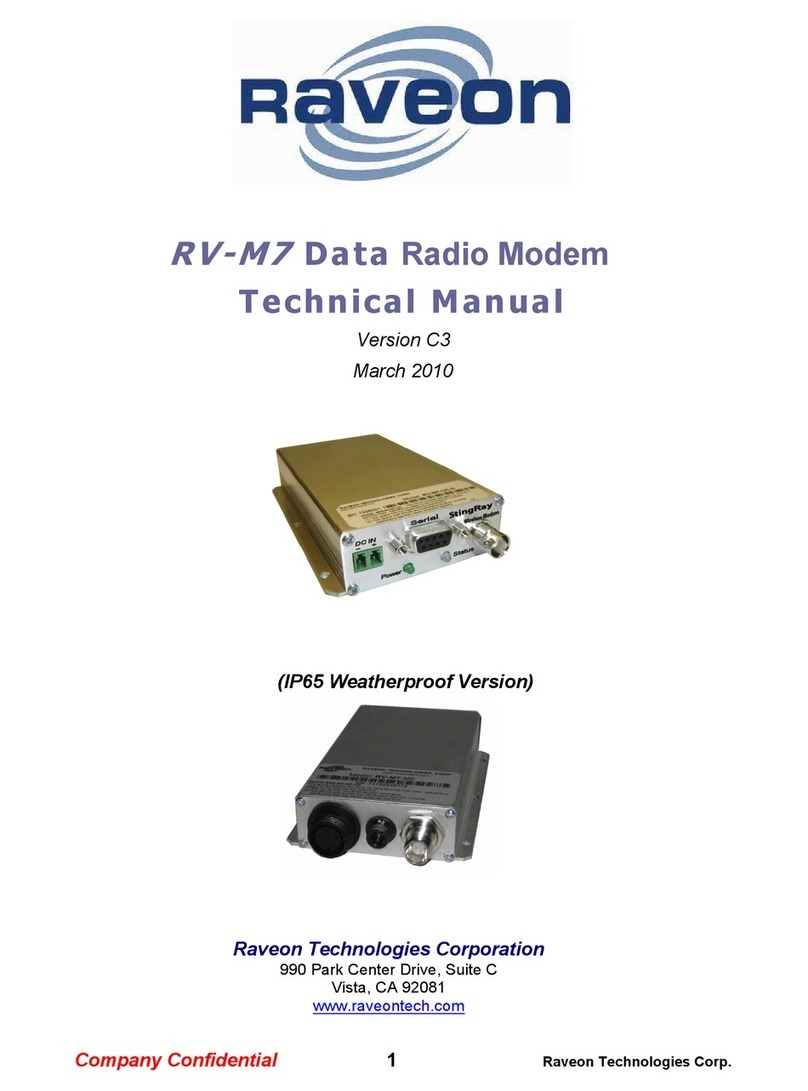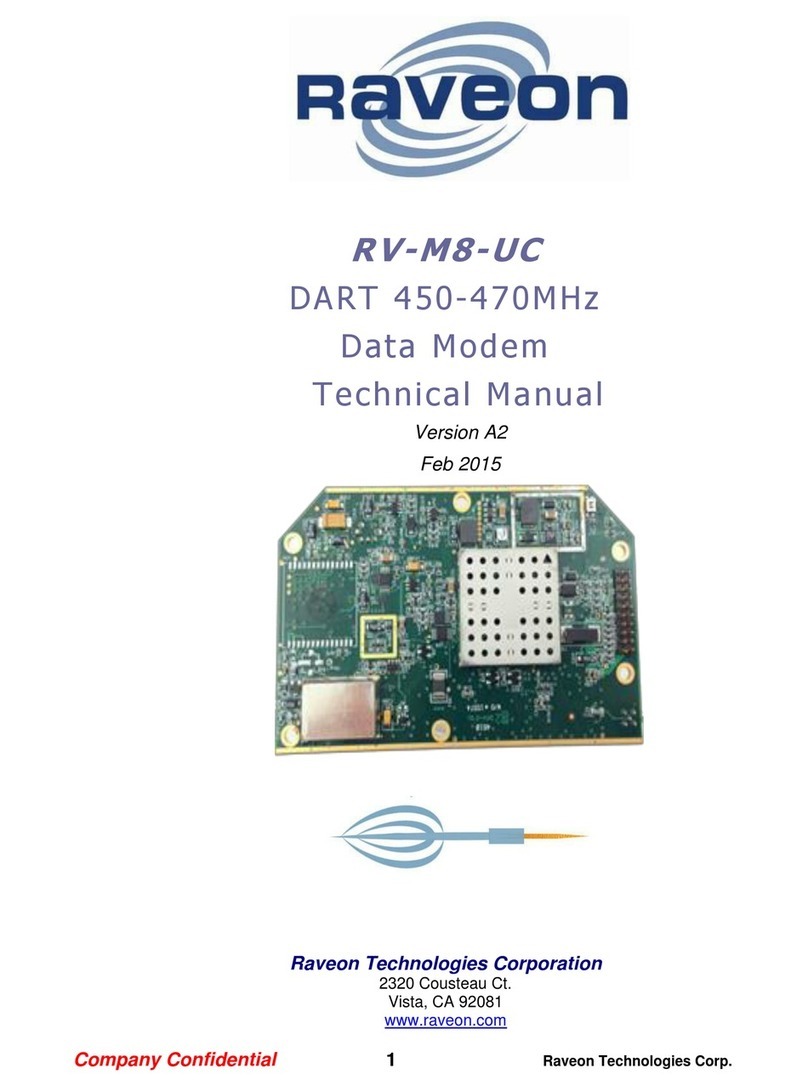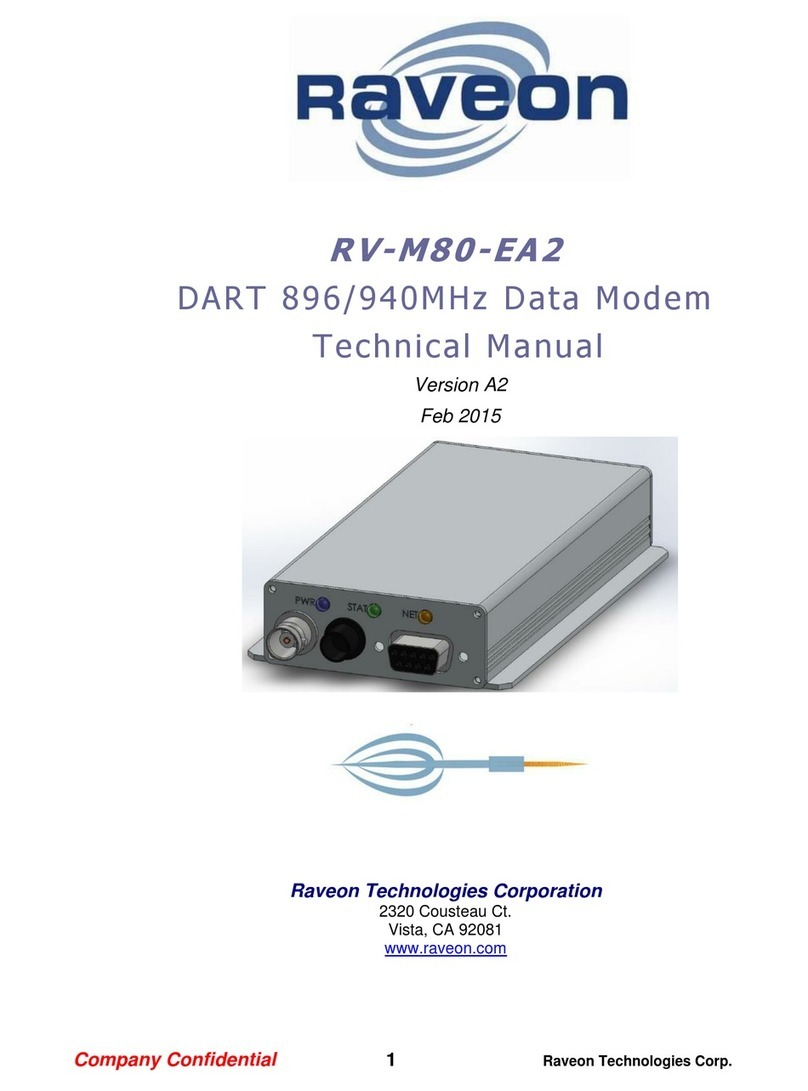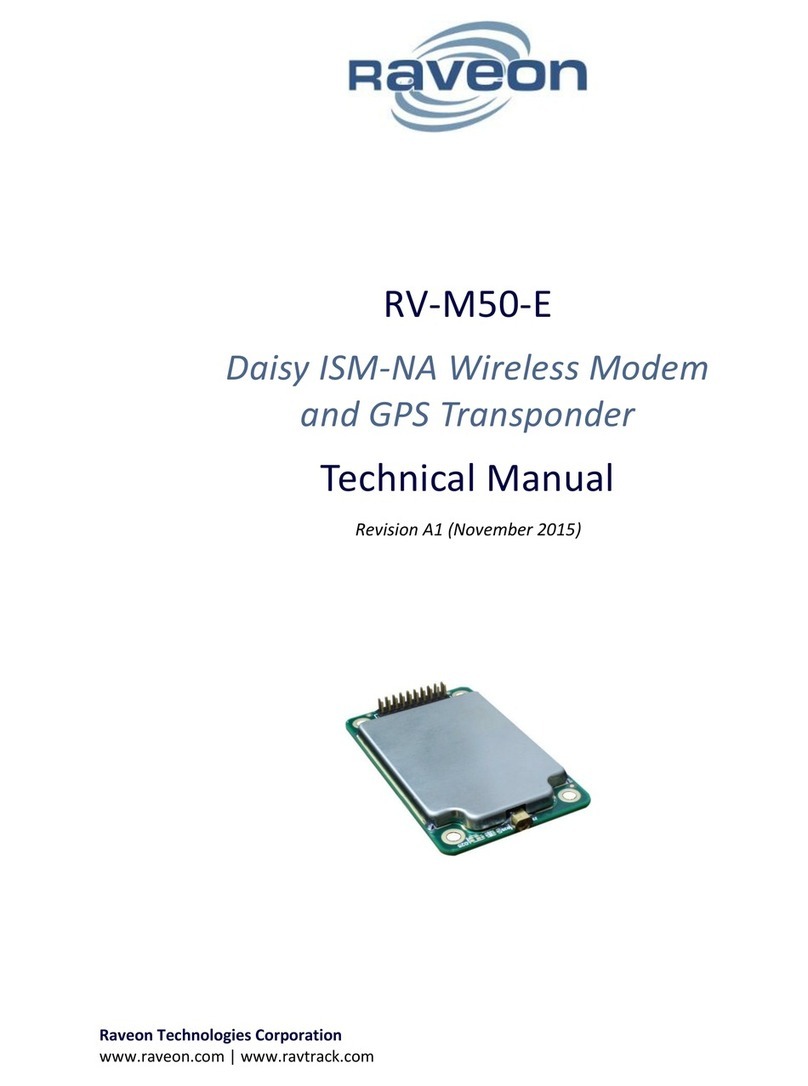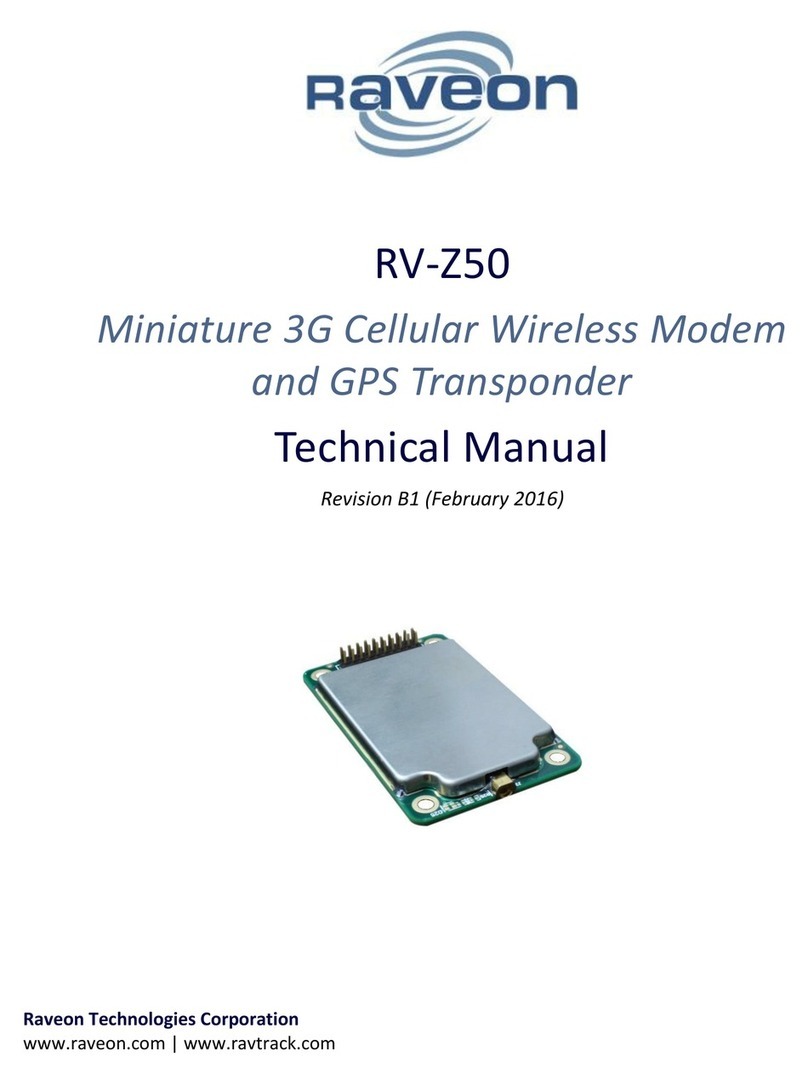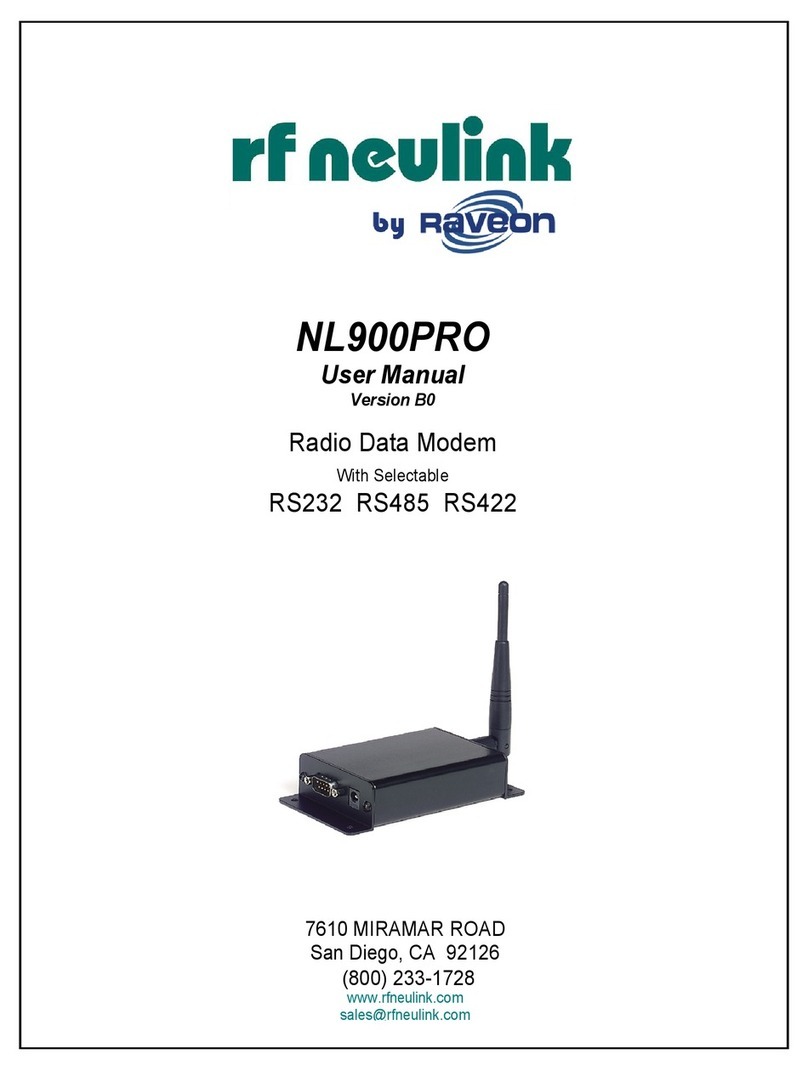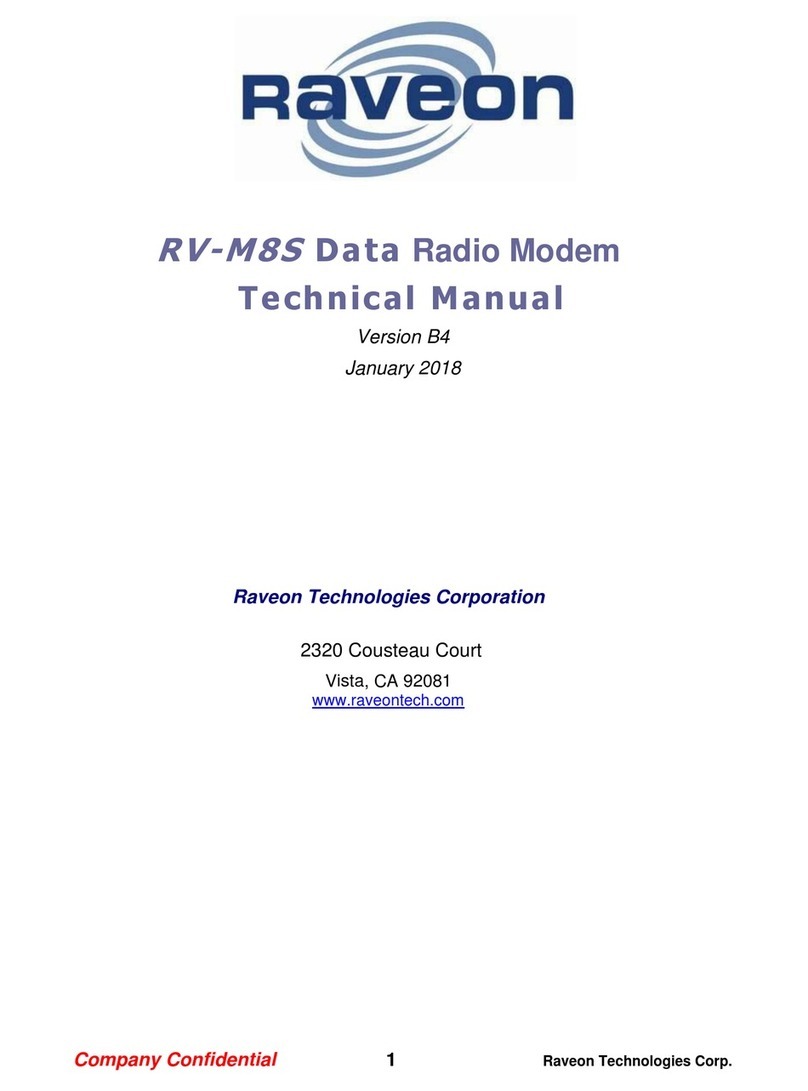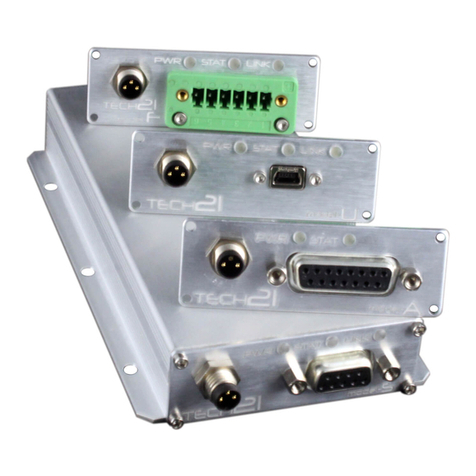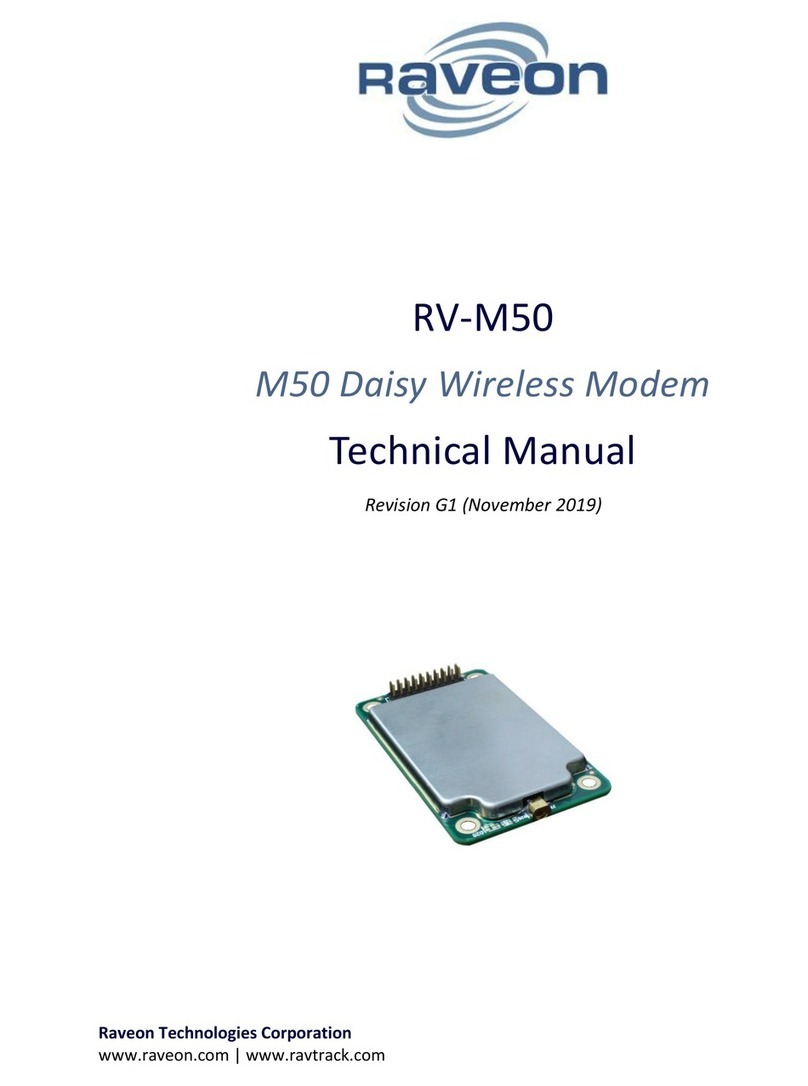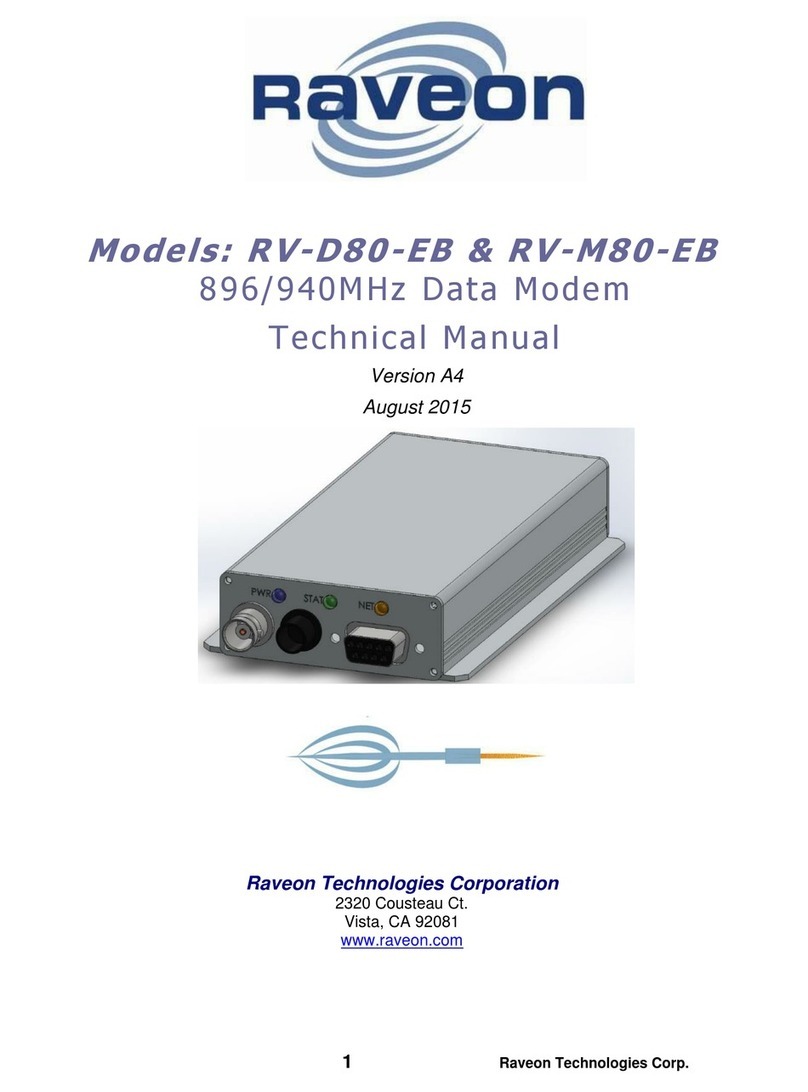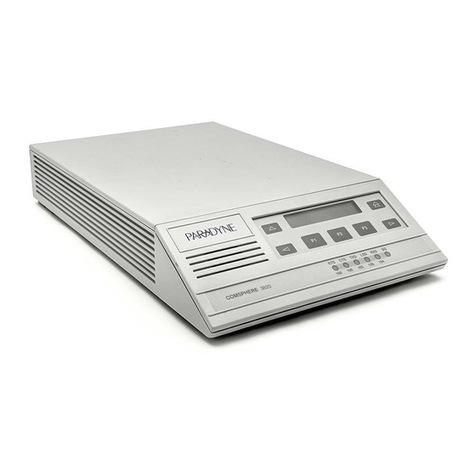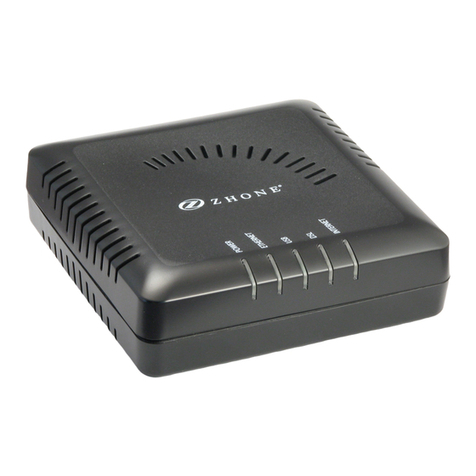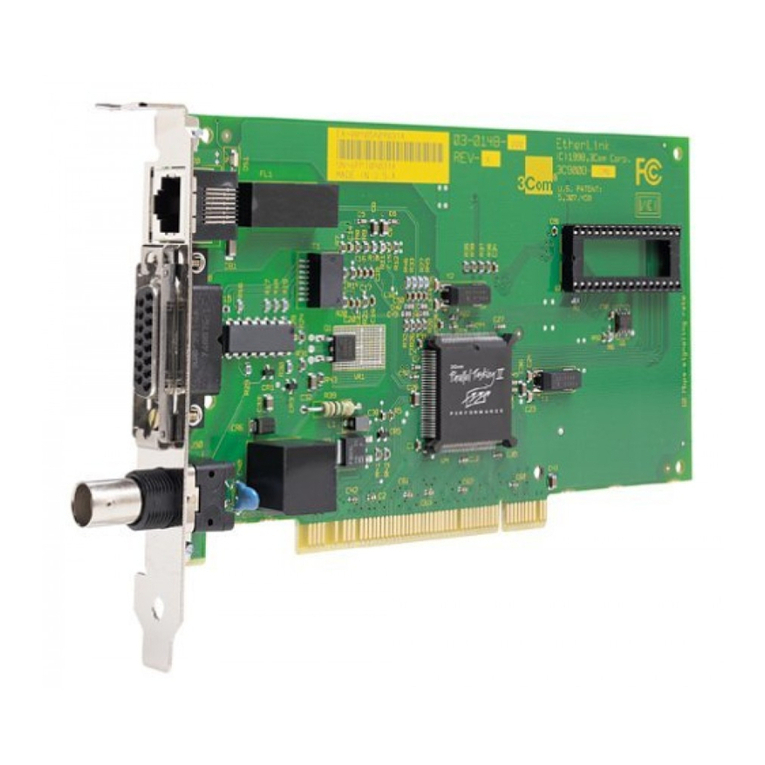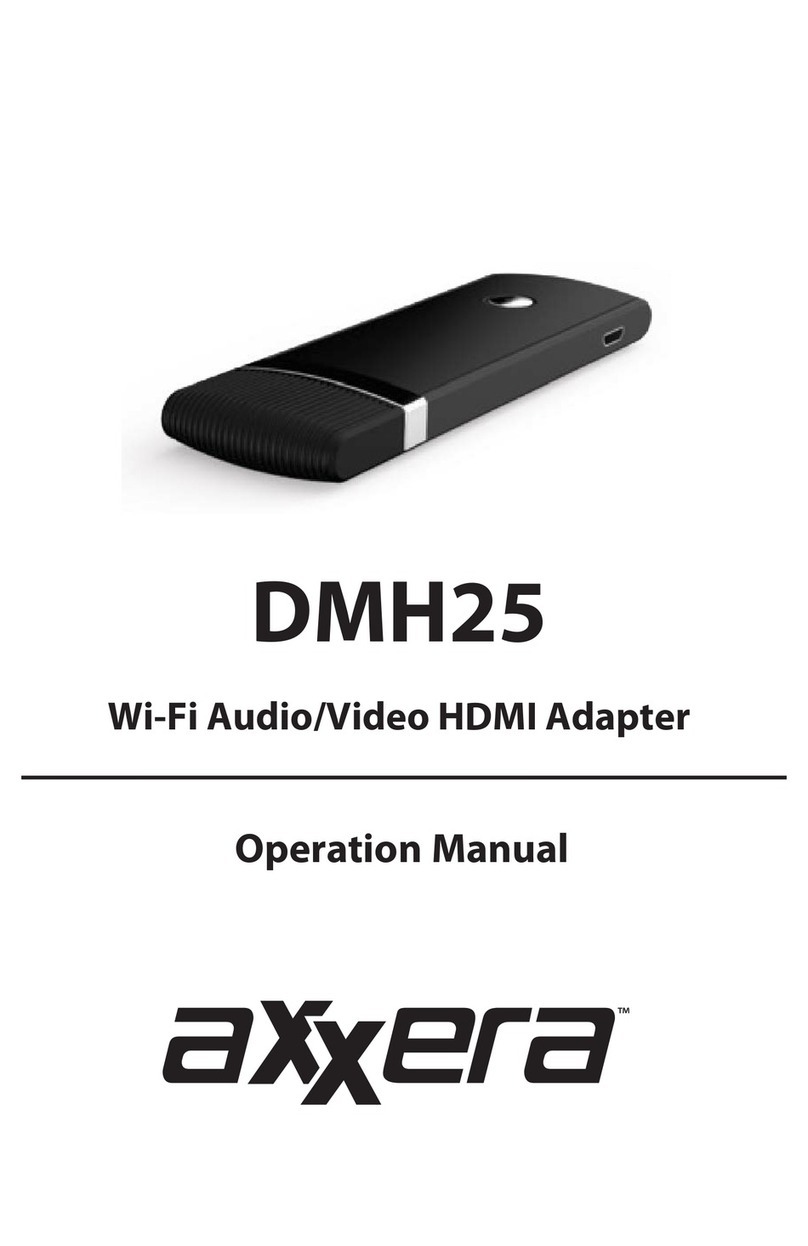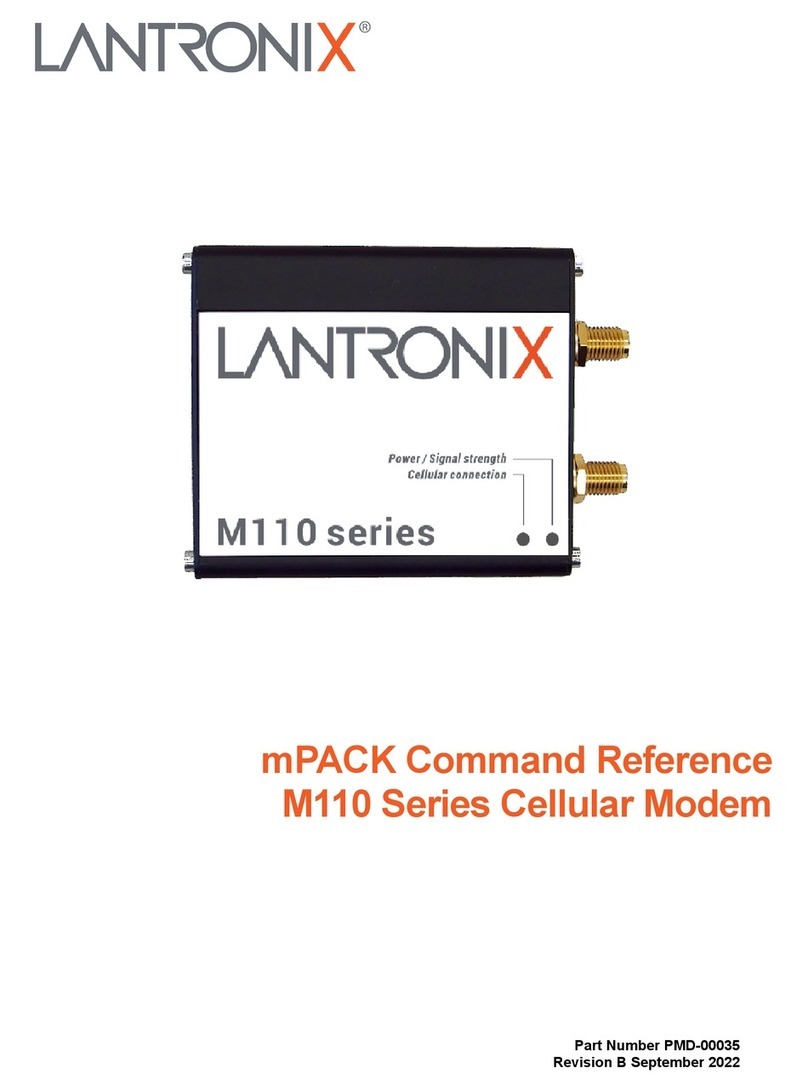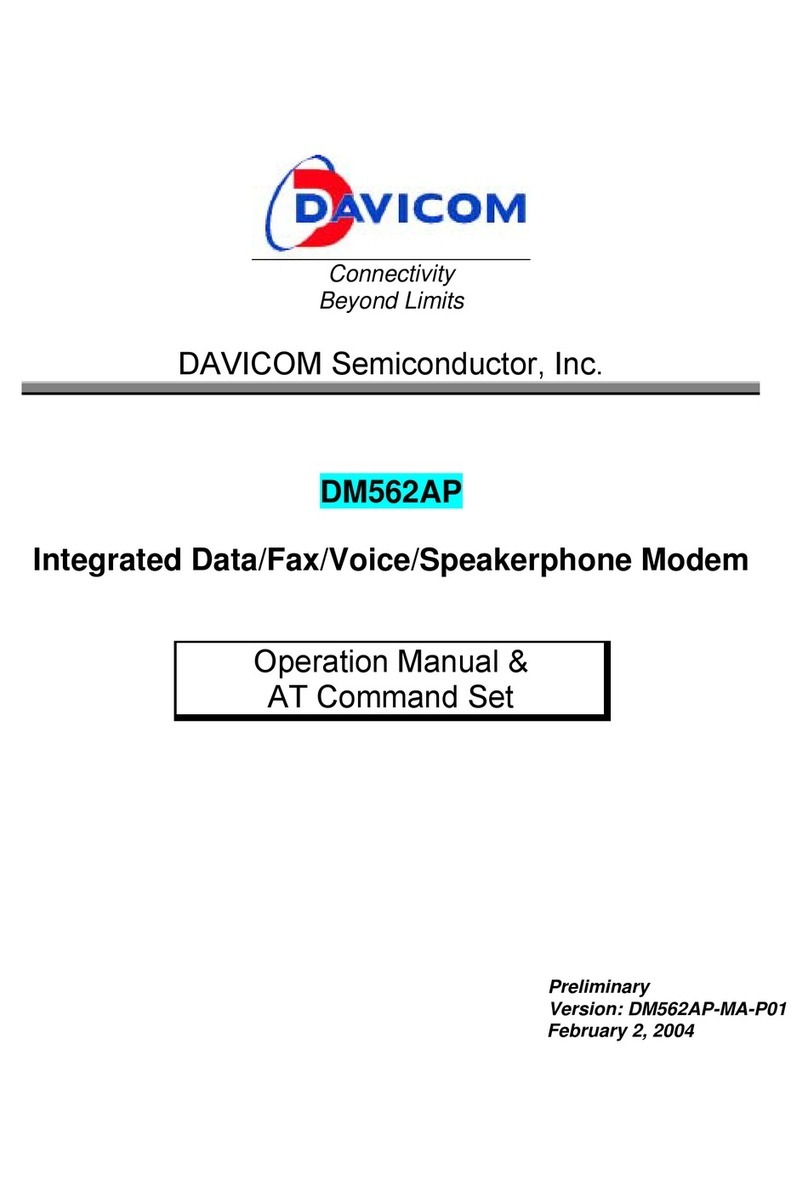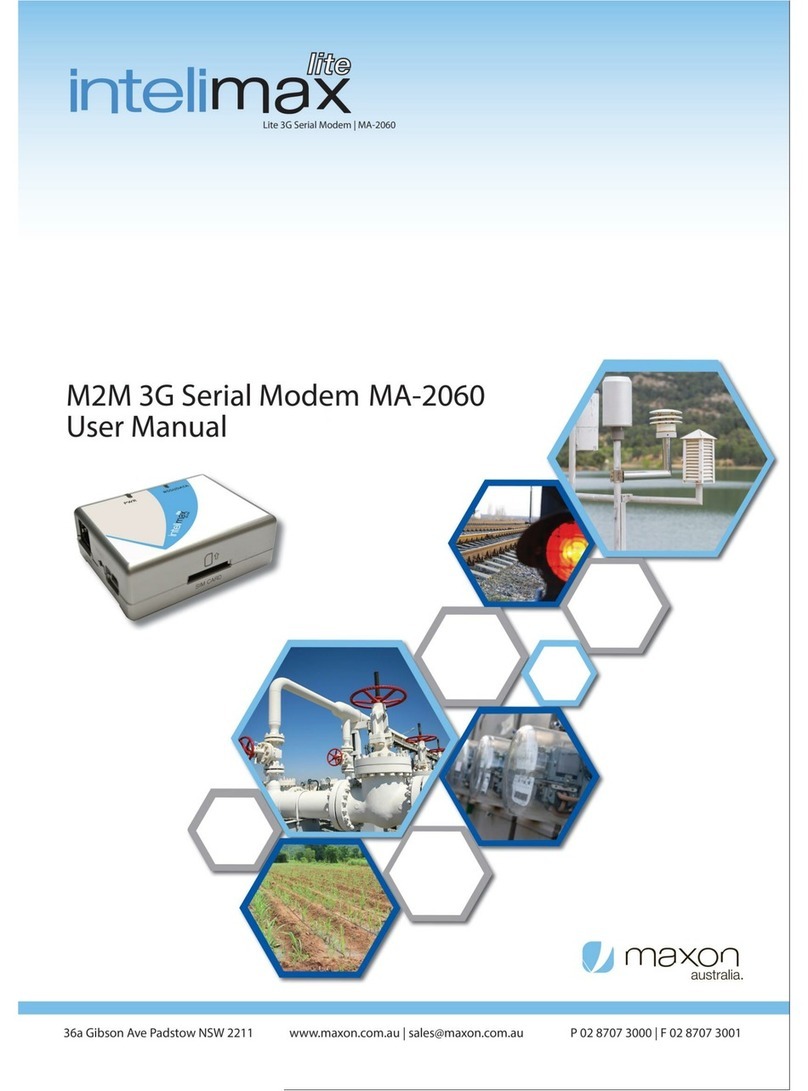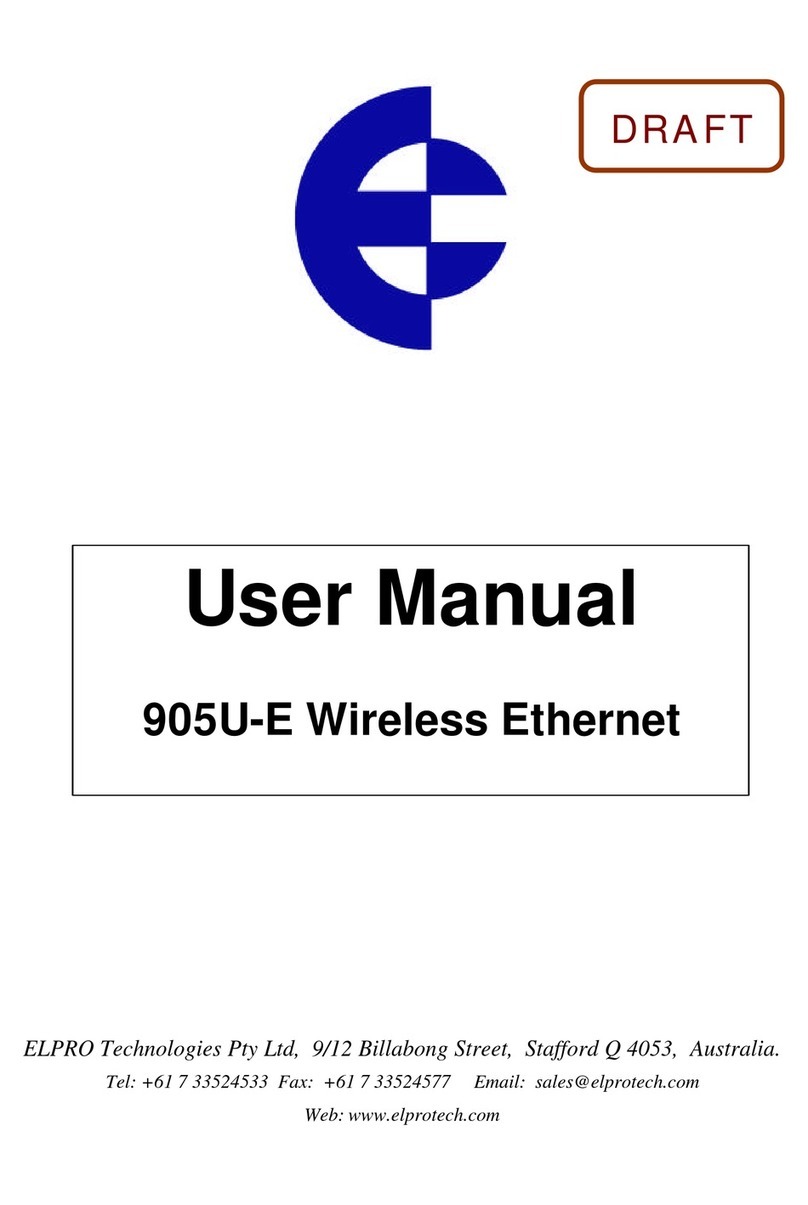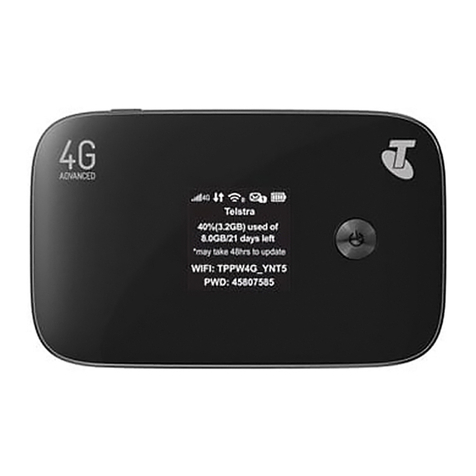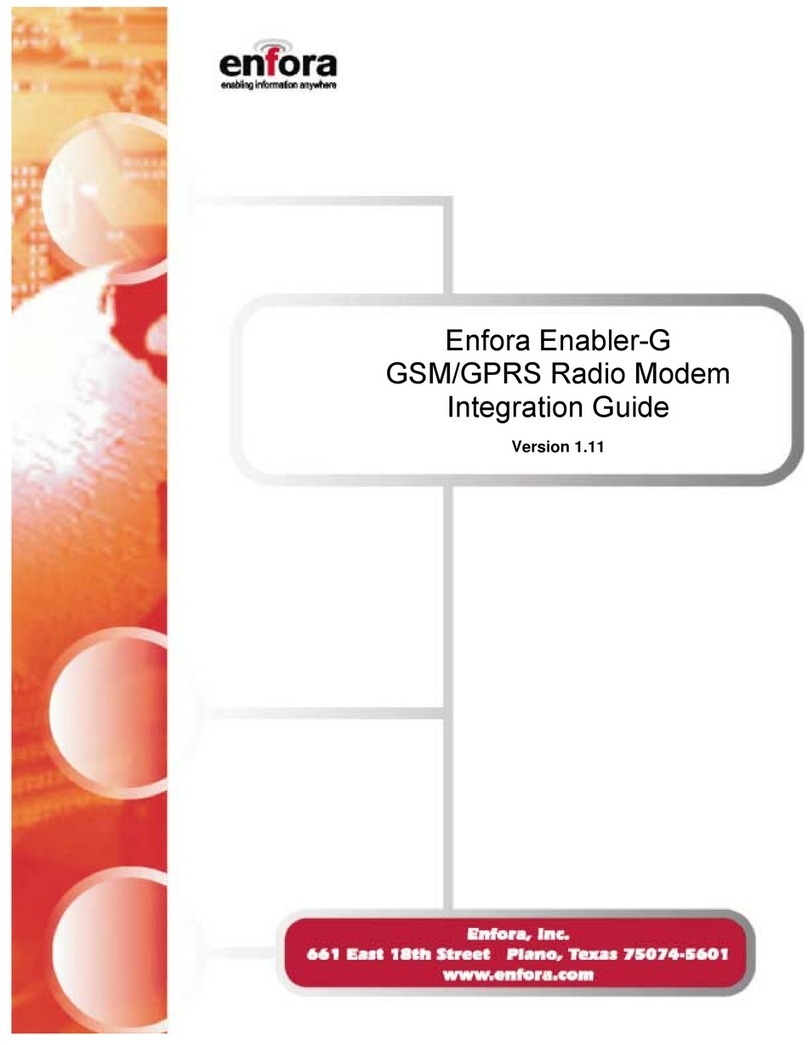
Table Of Contents
Safety / Warning Infor ation ................................................................................3
Overview...............................................................................................................4
FCC Safety Co pliance State ent ......................................................................4
Features................................................................................................................5
Specifications........................................................................................................6
General ...................................................................................................................................................... 6
Trans itter................................................................................................................................................. 6
Receiver..................................................................................................................................................... 6
User Input and Output Signals ................................................................................................................... 6
Front Panel ...........................................................................................................7
LEDs .......................................................................................................................................................... 7
DC Power................................................................................................................................................... 7
User I/O Connector .................................................................................................................................... 8
Using the FireLine Mode ....................................................................................9
Setup.......................................................................................................................................................... 9
Addressing ................................................................................................................................................. 9
The Address Mask ................................................................................................................................... 10
Exa ples: ................................................................................................................................................ 11
Installation...........................................................................................................12
Serial Port Data and Handshaking......................................................................12
User Serial Port Co ands ...............................................................................16
Overview .................................................................................................................................................. 16
Co and Mode....................................................................................................................................... 16
Setting a Para eter ................................................................................................................................. 16
Reading a Para eter ............................................................................................................................... 17
CONFIG Button........................................................................................................................................ 17
Co and Mode Co ands ................................................................................................................... 18
Default Frequencies................................................................................................................................. 20
Channel 5 451.800000 Itinerant Business Debug Related Co ands ......................................... 21
Debug Related Co ands...................................................................................................................... 21
Tune-up and Align ent.......................................................................................22
Center Frequency .................................................................................................................................... 22
TX Deviation............................................................................................................................................. 22
TX Modulation Balance ............................................................................................................................ 23
RX DC Offset Verification......................................................................................................................... 23
RX Carrier Detect..................................................................................................................................... 23
SkyLine Co patibility Mode................................................................................25
Antenna Infor ation............................................................................................27
Internal Radio Connection ..................................................................................28
Appendix A. Null Mode Cables ......................................................................29
Troubleshooting ..................................................................................................31
Mechanical..........................................................................................................33
Li ited One Year Warranty ................................................................................34
